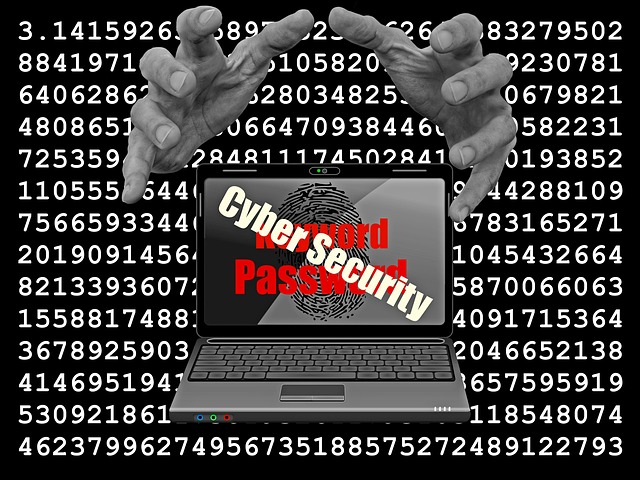How to make a strong password that you will remember

If you are like me you understand that it’s important to have a secure password nowadays, not just your grandma’s name with your date of birth after, but it feels daunting to take the step because how do you remember them all? If you lose them and it’s a site that doesn’t have password recovery, that’s really no good.
In the beginning, I used to write down all my passwords in a notebook and keep it by the computer, then I mentally upgraded myself to the 21st century and went on to LastPass, a password manager, but I still felt unsafe. What if LastPass failed? Or I spilled a glass of water of my notebook? Even if it’s unlikely (at least that LastPass fails) I don’t like the idea that I depend on something on the outside to keep all my passwords and not having any actual access to them myself.
Entering, password algorithms!
A password algorithm is like old time coding where you start with a sentence and then through several steps you change it in a, for you, known way. The good thing about it is that you can choose a starting sentence that is easy to remember and when you need the password you just perform the step-by-step coding process and you arrive with the real password.
Example:
You decide a starting sentence, for examples “I like eating apples”.
Then you make up an algorithm with several steps. It can look like this for example:
Every third letter changes into a capital.
Step 1 applied to the starting sentence: I liKe eAtiNg aPplEs
At the beginning of the sentence, there will be a number. The number is calculated like this: the number of letters in the whole sentence minus the number of words. In our example sentence, there are 17 letters in the whole sentence and 4 words. 17-4= 13
Step 2 applied to the sentence: 13 I liKe eAtiNg aPplEsThe end of the sentence will have a special character, depending on the number that you got in step number two. First add the two digits together, and the resulting digit corresponds to a special character on the keyboards. So, the number in step two was 13. 1+3=4. Number 4 on the keyboards corresponds to the character $ (on my Swedish keyboard, it might be different on yours).
Step 3 applied to our example sentence: 13 I liKe eAtiNg aPplEs $
As the last thing, just remove all the spaces and the final sentence will look like this:
13IliKeeAtiNgaPplEs$
And there you go, a good password constructed from your easy-to-remember sentence. Of course, the algorithm can be much more complicated than the one I showed to create even more complex passwords.
I still use LastPass as my daily password manager but I know now that if everything goes bananas I can reconstruct my passwords by just remember the original sentence. That original sentence can even be written down and doesn’t need to be kept safe, because without the algorithm it means nothing.